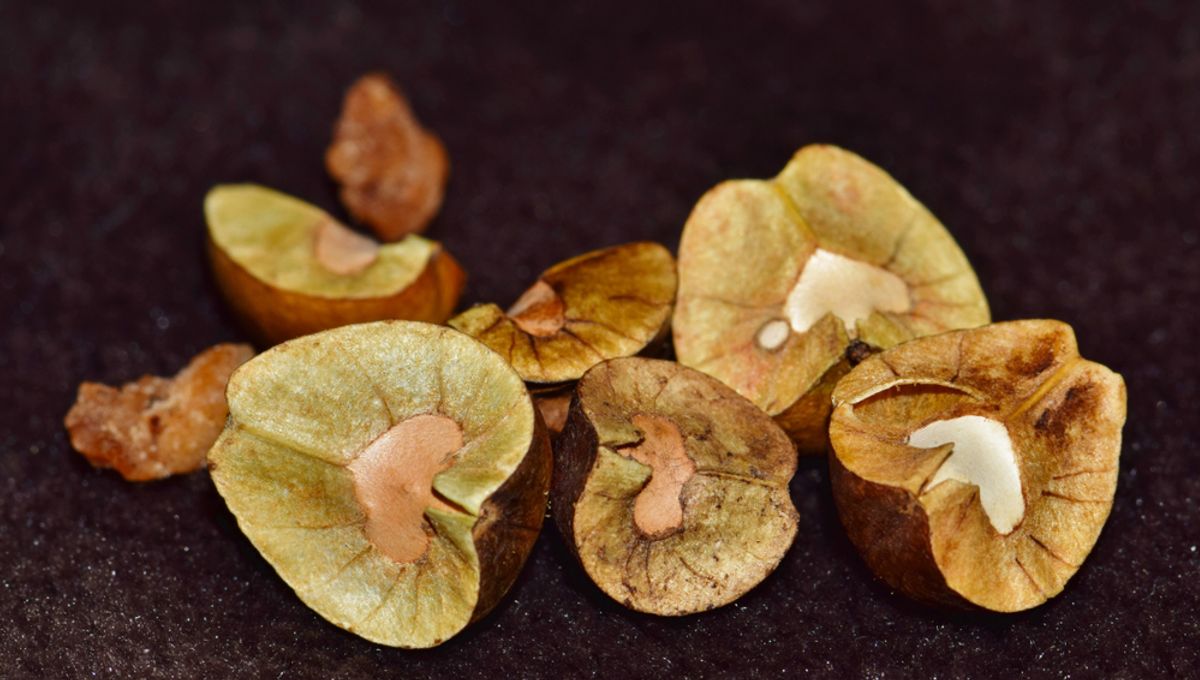
Mexican jumping beans are seed pods that are inhabited by the larvae of a small moth. Due to the tiny larvae flexing and flickering around inside the pod, the seed jumps around. This strange phenomenon is often used as a novelty joke or magic trick, but it’s a perfectly natural part of the bugs’ life cycle – and may even help them to survive the harsh environment they find themselves in.
What are Mexican jumping beans?
As the name suggests, the moth is a native of Mexico. Scientists refer to the species as Cydia saltitans, although most know it as the jumping bean moth. When spring comes, the moths will lay eggs in the flowers of a large shrub called Sebastiania pavoniana.
The eggs eventually hatch and the larvae eat their way into the immature green pods. When the pods ripen, they harden and fall to the ground, still containing the live larvae. This means that the pods are, in fact, not beans but seed pods.
Why do Mexican jumping beans jump?
The easiest way to get Mexican jumping beans to jump is simply by placing them in your hand. The reason for this is that the larvae are reacting to your body heat and attempting to find a cooler spot. It’s believed this is a survival strategy that evolved to help the “blind” organism find shade in the baking deserts of Mexico.
A study, published in January 2023, saw physicists at Seattle University closely study the movement of Mexican jumping beans as they skipped around. They found that the larvae’s random walk helps to find shade to survive on hot days. While it’s not the most effective way of finding shade quickly, the strategy minimizes the chances of never finding shade when the odds are against them.
How long do Mexican jumping beans live?
Like many insects, the life of the Mexican jumping beans is short – but busy.
The larva can wait for months inside the seed, effectively laying dormant until conditions are just right. When the larva feels levels of moisture and temperature are adequate, it will then enter a pupal stage. After its metamorphosis, a silvery moth will pop out of the jumping bean and fly off.
Unfortunately, it will only live for a few days. Within this time, however, the moth will hopefully manage to reproduce and lay eggs, continuing the strange but wonderful life cycle of the Mexican jumping bean.
Source Link: What Are Mexican Jumping Beans?